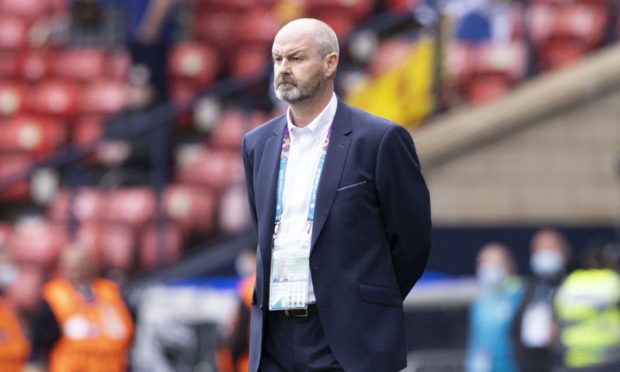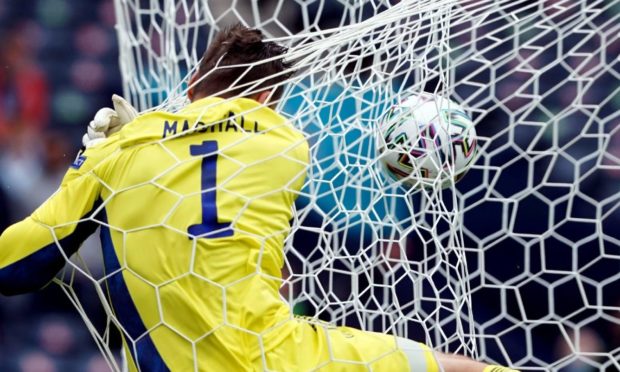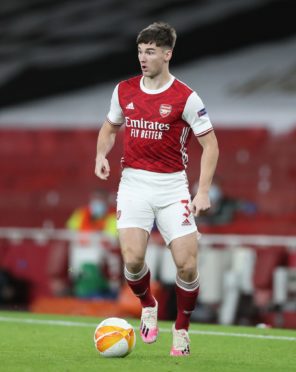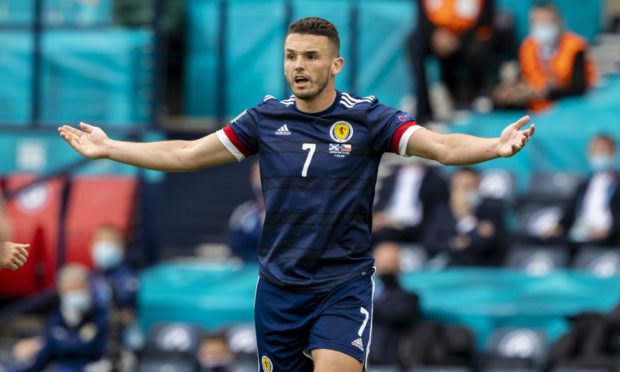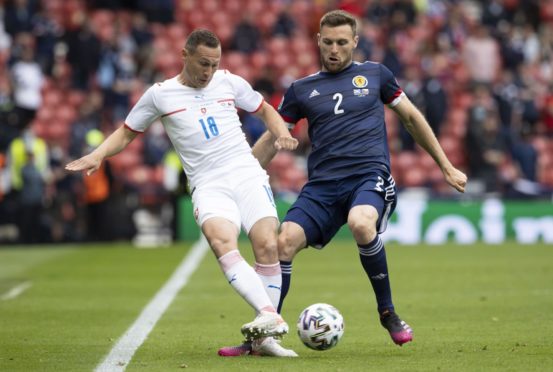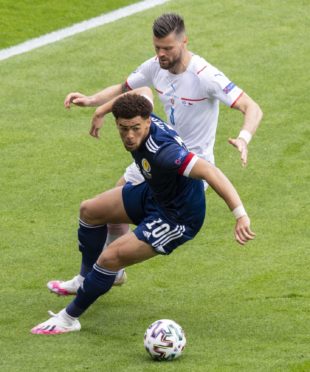There is something reassuring about participating in a Scottish national team post-mortem.
We’ve grown so accustomed to debating what went wrong that every person in the country regards themselves as an expert these days.
But given it has been 23 years since we last graced a major tournament, watching the national psyche switch from the seemingly unwavering confidence of “we can do this” to “Steve Clarke got it all wrong and we’ve blown it” in the space of a few hours has been spectacular.
The reality of where we are on the international stage following the 2-0 defeat by the Czech Republic is probably in between those two extremes.
Former Scotland boss Craig Brown was optimistic before a ball had been kicked, believing the quarter-finals was not a lofty ambition. Time will tell if he is right, but it is because we have lost the first game, arguably to the weakest of the three teams in our section, that has made the sting all the more sharper.
It is easy to forget the Scottish performance, while not the best we’ve seen during Clarke’s time in charge, was far from poor. We created chances in open play and competed well until the first goal changed the complexion of the game.
In the end we conceded two goals to a striker in top form and the second came from our own players’ rush of blood in committing so many men forward.
That’s why, rather than focusing so much on what went wrong let’s try to the glass half-full approach.
Can we look at it more positively by identifying what needs to go right if Scotland are to bounce back from an opening match defeat by getting a result against England at Wembley on Friday?
The goalkeeper position
There is a rush to blame goalkeepers when they are lobbed from 50 yards and the sight of David Marshall tangled in his own net following Patrik Schick’s extraordinary second goal was a dagger to the heart.
The hero of the penalty shoot-out in qualification reduced to a figure of fun after being caught out of position.
Marshall’s starting position was poor when Jack Hendry tried his luck from 30 yards, only to see the blocked effort suddenly open a whole world of hurt for his goalkeeper.
But it was a freak goal. He has been our best goalkeeper. He made some terrific saves to keep us in the game. He should keep his place in the team.
The case for the defence
Perhaps the most important realisation was that Kieran Tierney MUST play.
That is one universal opinion which I think we can all agree on.
His absence against the Czechs put us up against it before the match had even started. He is that good. A composed, quick defender who has become a cult favourite at his club Arsenal, Tierney has spent the season showing the quality we all knew he had when he was at Celtic Park.
More importantly the problem of how to fit him into a Scotland team alongside Andy Robertson has been solved by Steve Clarke.
It is just our luck that our two best players both play in the same position at left-back, but Tierney’s reinvention as a roving centre-back has been a revelation. There are not many centre-halves who can race down the wing and fire in terrific crosses, but Tierney can. He can also cover brilliantly when Robertson decides to gallop off down the left win.
We lost that cover, that reassurance, with Tierney’s absence at Hampden and it simply must be back in place at Wembley or we will be up against it again.
It’s not that the other defenders are not good, they’re just not Tierney and Scotland doesn’t have players of his ability in deep supply like our opponents England have.
How Scotland play will be determined by the personnel Clarke has available and if there was any doubt it is now clear – he needs Tierney and Robertson.
They dictate how he sets his team out and the whole attacking approach of the team was affected.
What is Plan B?
Tierney’s absence meant John McGinn had to temper his natural instinct of being a box-to-box midfielder by offering more a defensive buffer.
We don’t know how far out Clarke knew Tierney would not be available, but the reshuffle was not an overwhelming success. If Tierney is fundamental to Plan A then clearly Plan B has room for improvement.
The defeat to the Czechs has also made Scotland’s mission in London clear. We’ve got to get something from this game.
That’s why I don’t expect Billy Gilmour or David Turnbull to be pitched into the heat of battle on an occasion as big as this. Their time will come, but it’s not yet.
I don’t expect Clarke to go out all guns blazing, but he will certainly be looking for more attacking play from his team than they mustered at the national stadium.
Stephen O’Donnell struggled against the Czechs. It was clear he had been asked to play a high attacking wing-back role, but, while captain Robertson excelled, the Motherwell full-back looked unsure of himself at times.
Clarke has a decision to make for Friday. Does he give O’Donnell another chance or throw in Nathan Patterson for his first start against the Auld Enemy? It’s more likely if a change is made it will be for a more experienced player in James Forrest or Ryan Fraser.
Whatever he goes with, Scotland need to be stronger down their right flank than they were in their opener.
Dykes or Adams – or both?
Finally there is the attack. Lyndon Dykes was a strong, physical presence against the Czechs, but when his chances came he did not take them. You have to think Che Adams, who started on the bench, would have taken at least one of them.
Whether Clarke will be bold enough to go with both against England on Friday is perhaps the biggest question of all. Whatever he decides, we cannot have our forward so isolated from his team-mates as Dykes was at times.
There is work to be done, but all hope is not lost.
It feels raw right now, but maybe England is just the pick-me-up the players and manager need.
You can be sure by the time 8pm comes around on Friday, the hopes of a nation will be galvanised once more. We’ll have convinced ourselves Monday was a blip and we can recover.
Can Clarke do the same with his players?
